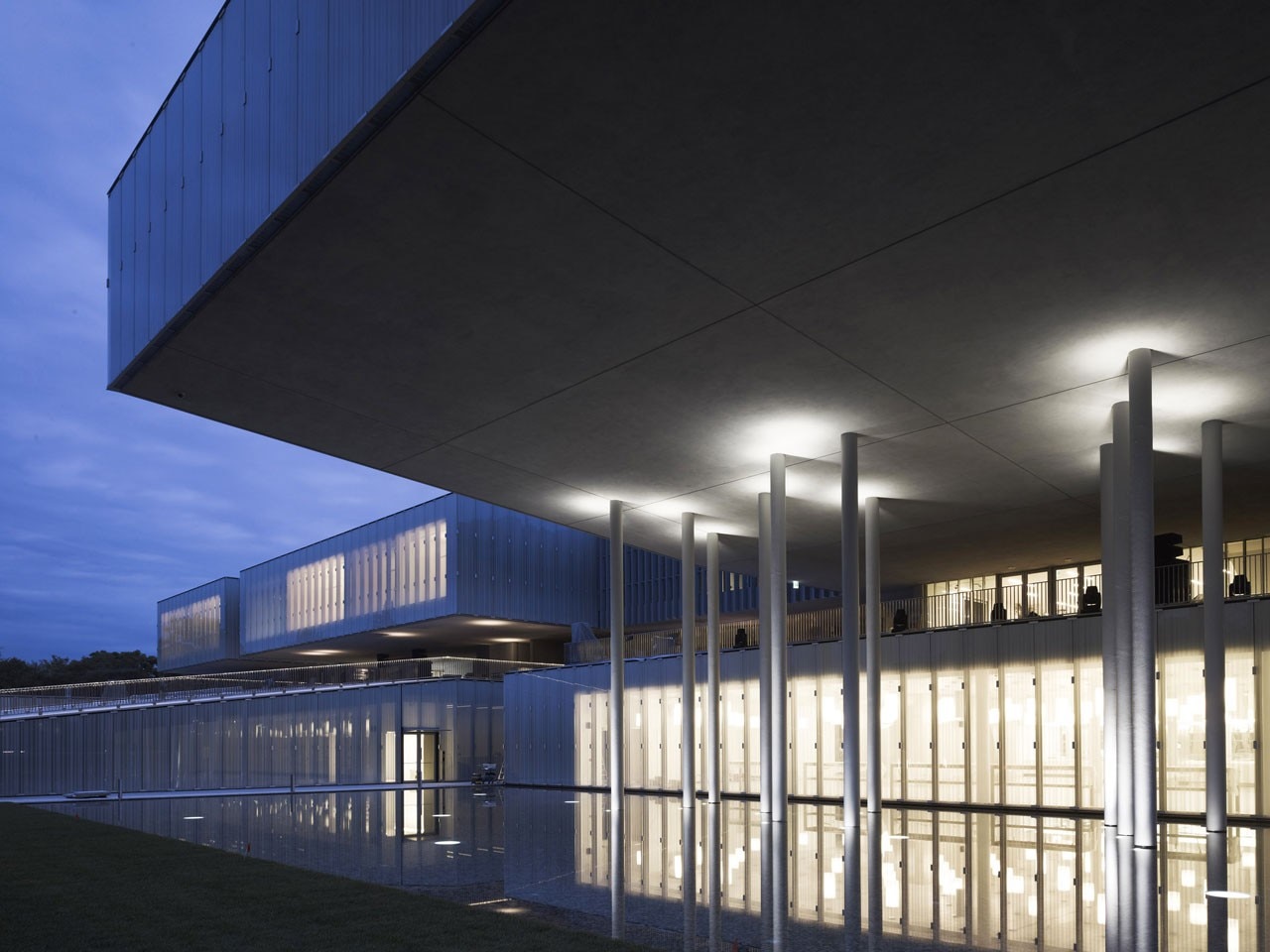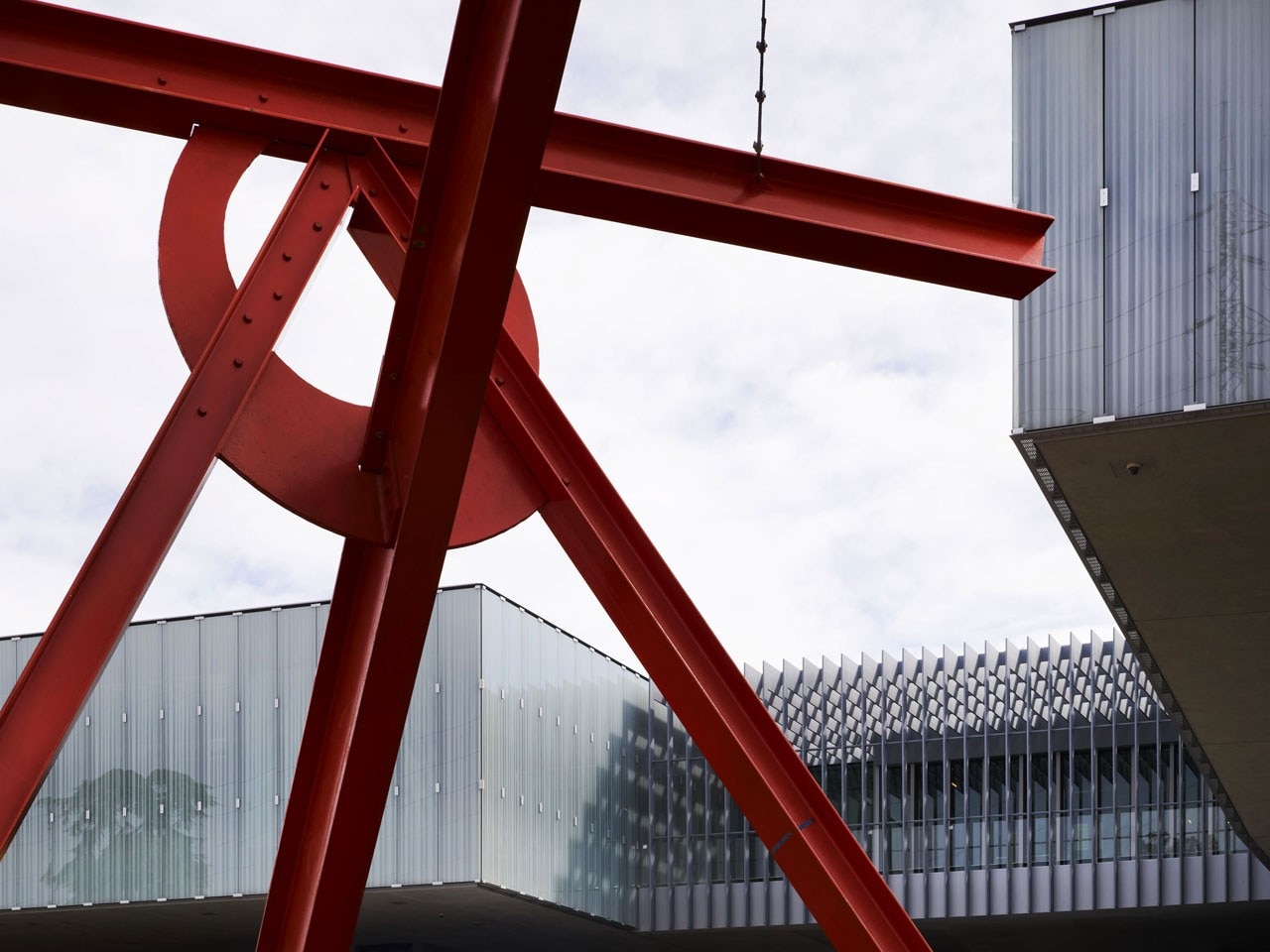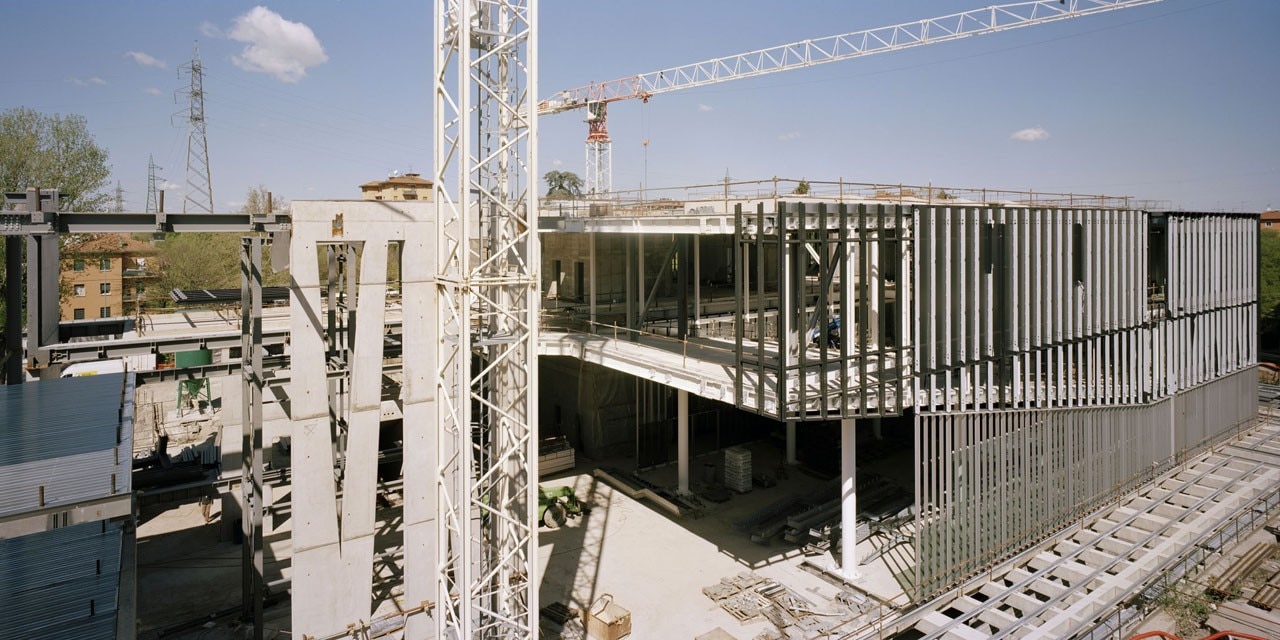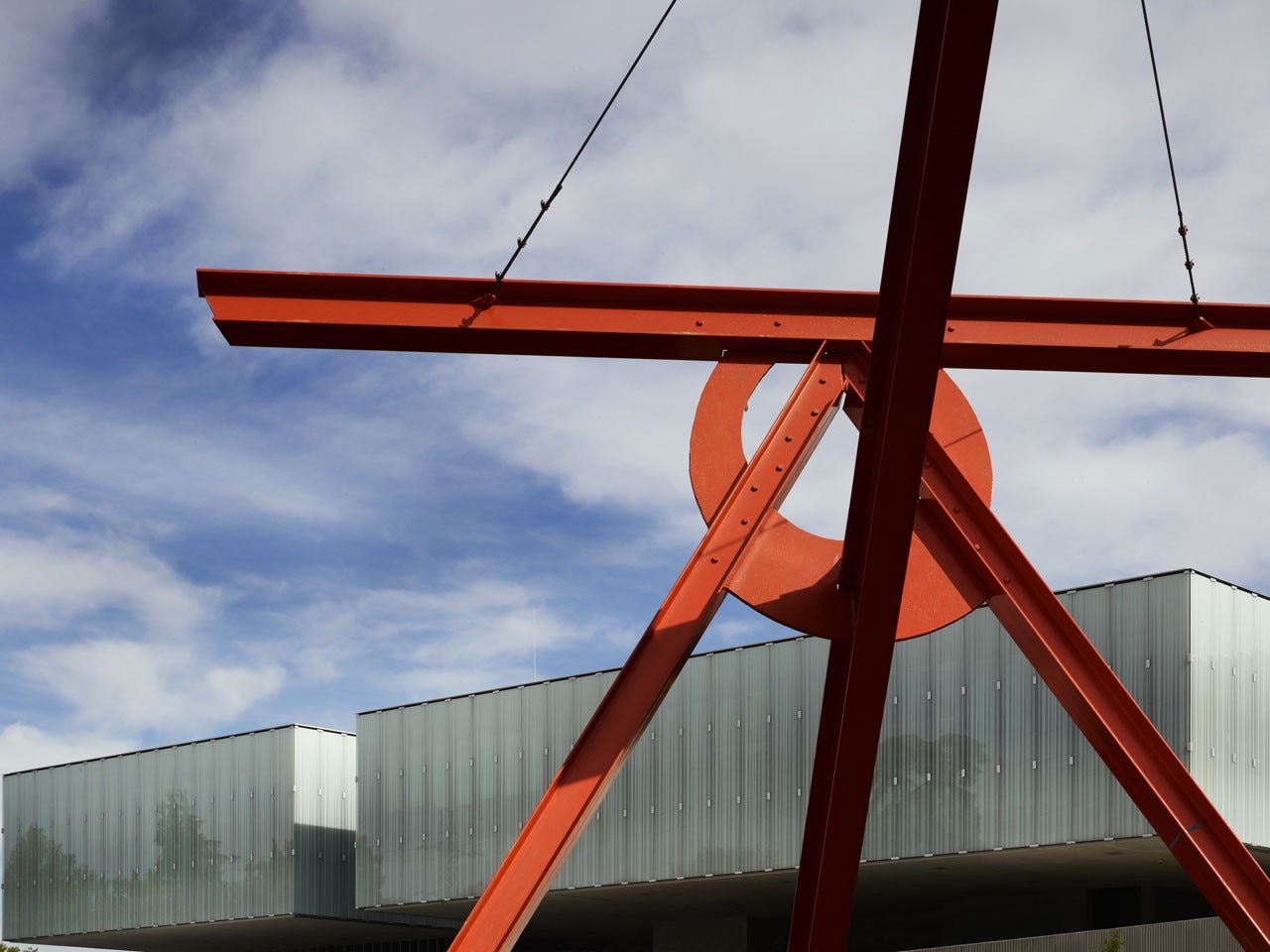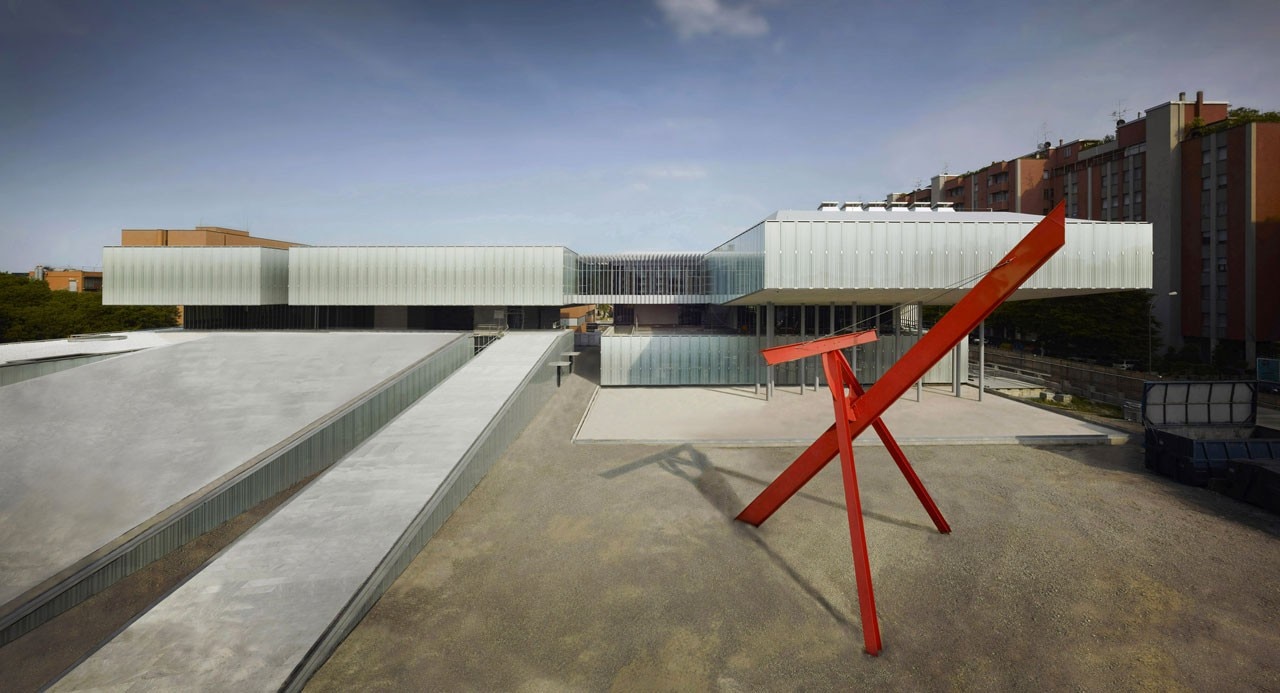
Today, architectural quality is seen solely from a formal standpoint – repeatable and often mechanically reiterated – almost as if it were obvious that the single artefact cannot resolve the complexity of the great urban process that increasingly impacts on the entirety of the territory.
Throughout the last century, the histories of industrialisation and architectural design were enmeshed in a complex weave that saw the fascination with the great myth of the factory spill over into an emulation celebrated in buildings converted to the most diverse uses in an attempt – via their form alone – to remember that they belonged to the Modernist era. This is what, back in 1981, Reyner Banham wrote in A Concrete Atlantis, highlighting the huge influence of North American industrial archaeology on the formation of the type/morphological features of much of the USA landscape.
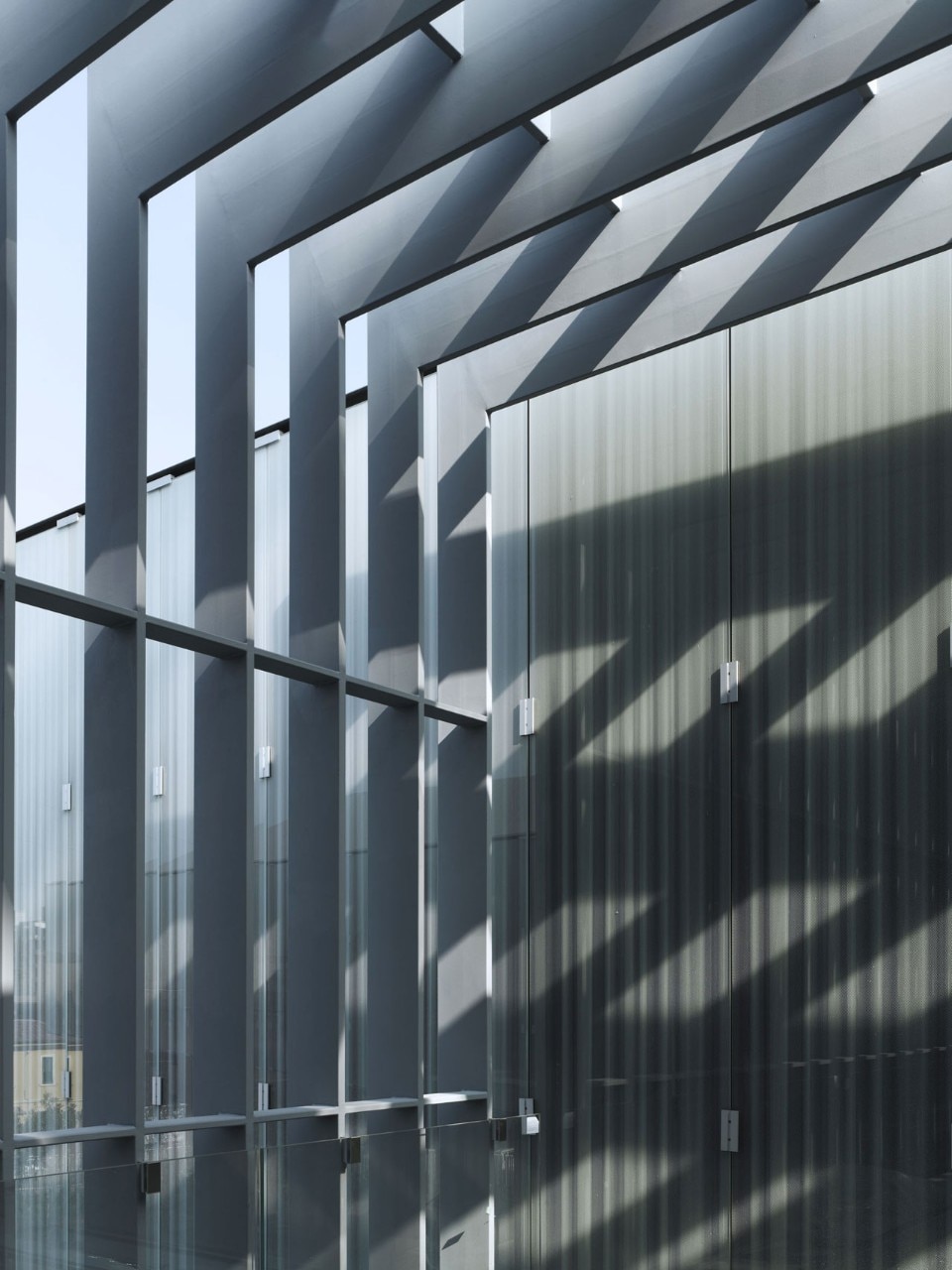
Although smaller in size and development, Italian cities have suffered similar fates and the now shabby suburban tangles show clear signs of anomalous scale systems. Until a few years ago, these were home to industries that are now abandoned or even demolished. A normal enzymatic process you may say but that is not really so.
A city’s connective tissue is also made of voids and the bachelor machines shaped by the now faded traces of 20th-century production glory. Genoa, Turin, Milan and Venice are place-names that evoke this fate in northern Italy. Yet, for those wishing to observe recent history, Bologna also presents a similar example which is currently being celebrated by the opening of a building that, we hope, will have the strength to become a catalyst of many local and national narratives.
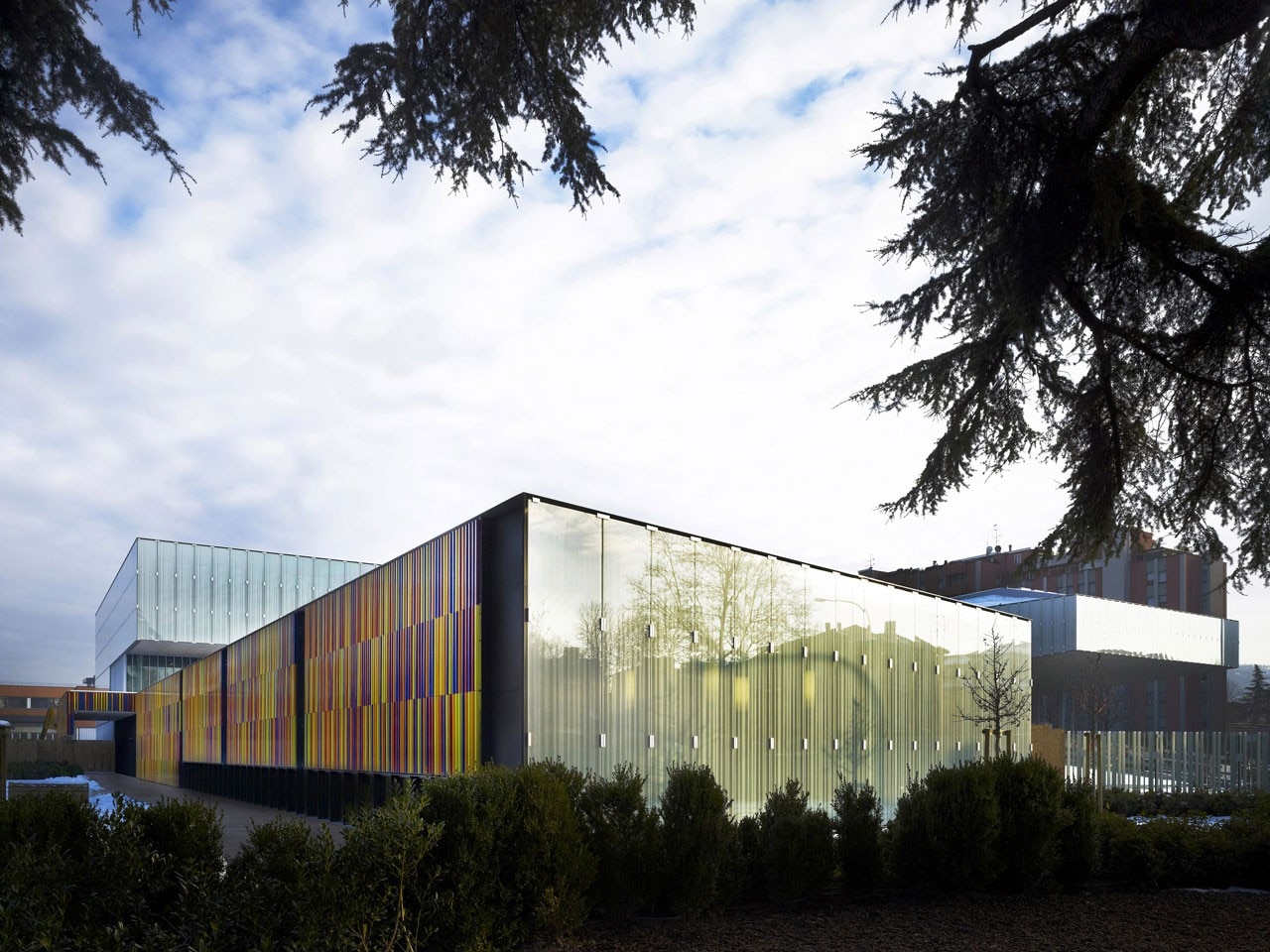
The MAST project aims to integrate the open business system – local but on a global scale – in the area and highlight a social responsibility to help the community of which it is an integral part grow. “A responsibility for economic, environmental and social development,” says Isabella Seragnoli, “that realises the importance of operating in a vibrant and innovative area that appreciates and cultivates the values of entrepreneurship.”
MAST is a large investment that, via the eponymous non-profit foundation, will encourage the development of creativity and entrepreneurship in the younger generations, partly in collaboration with other institutions and with a view to sustaining economic and social growth. Centred on technology, art and innovation, MAST is a multipurpose centre open to both COESIA employees and the community. It will offer services such as an exhibition space, an auditorium, an innovation and entrepreneurship academy, a nursery, a wellness centre, a company restaurant and a cafeteria open to the public.
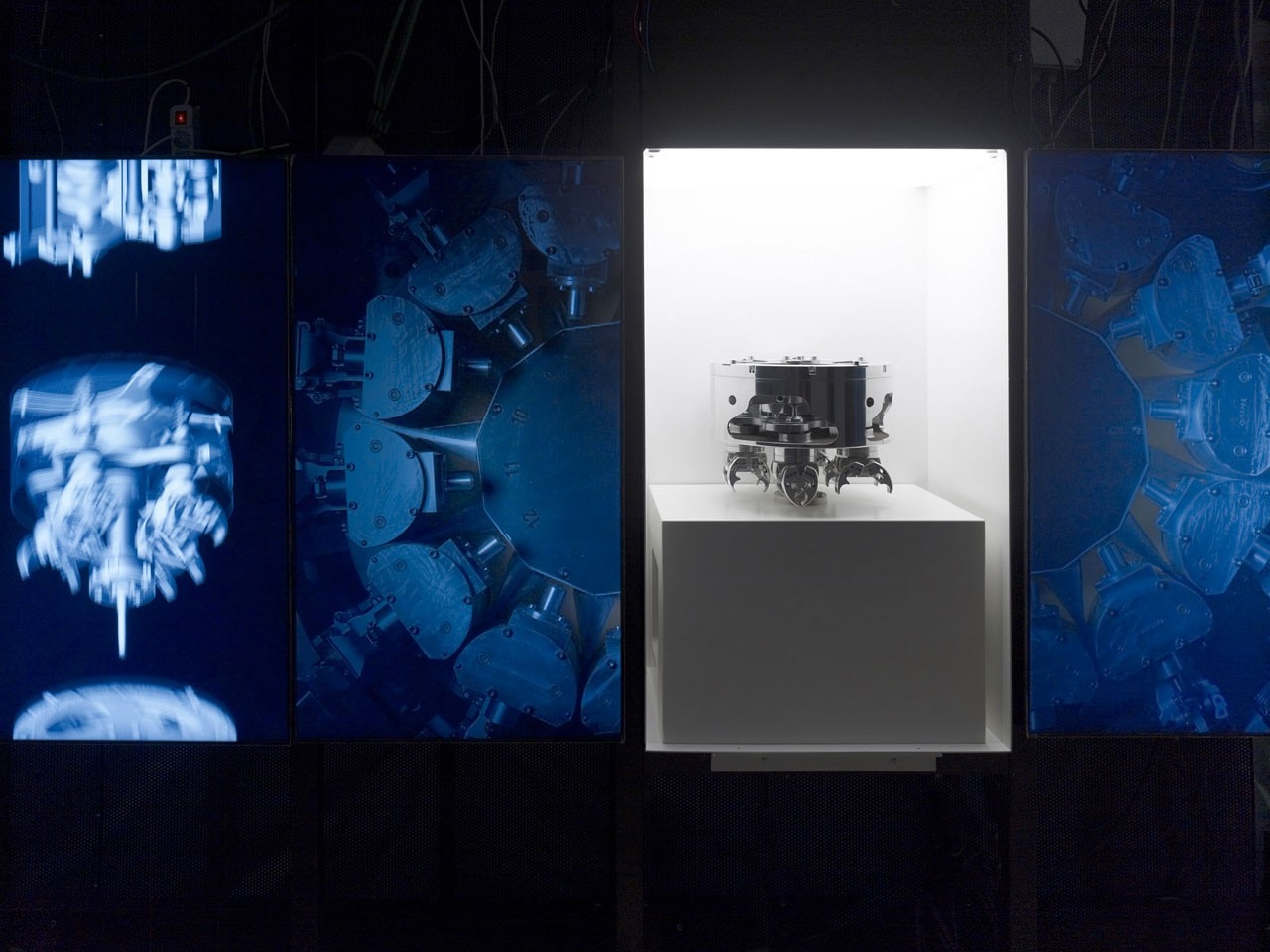
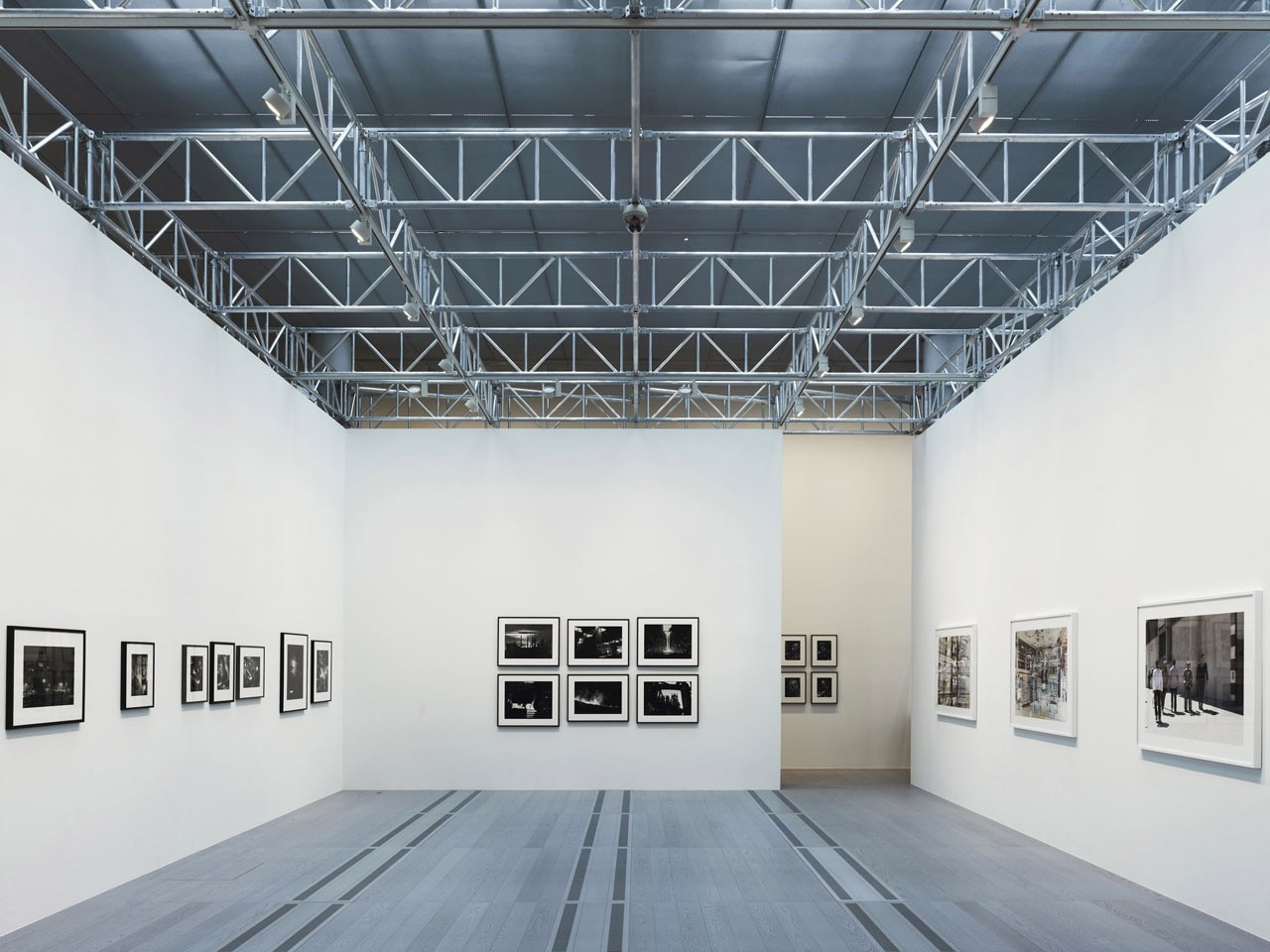
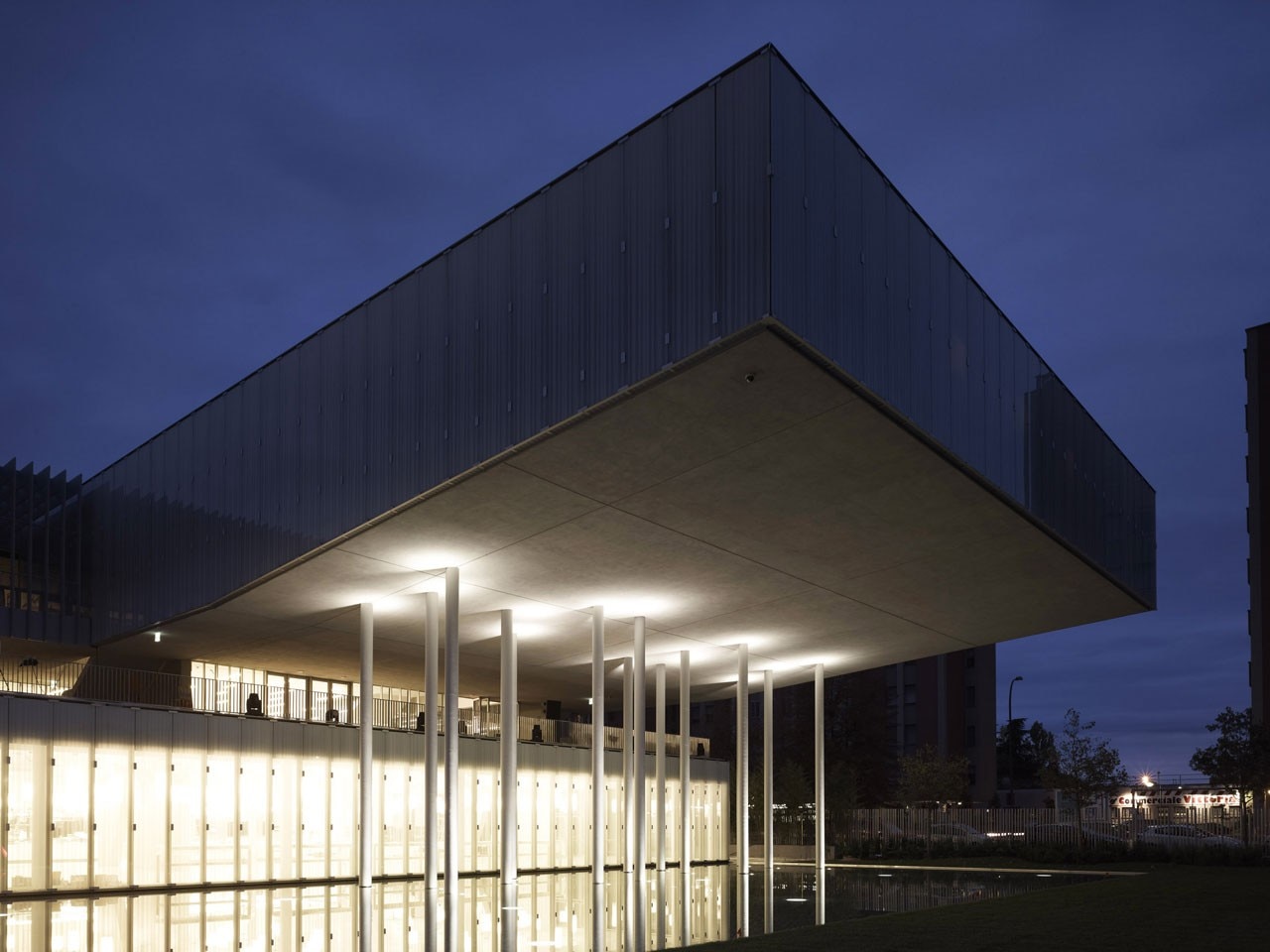
The cafeteria is open to the public and has an open kitchen, equipped with advanced technology and furnished to allow gastronomic experimentation and demonstrations. Open seven days a week it will be a great attraction, especially from spring to autumn with its large terrace overlooking the pool in front of MAST. The wellness centre is closely linked to the company restaurant, another stunning space open to the public at weekends and on public holidays. The aim is to bring together physical activity and the development of healthy and sustainable lifestyles via the provision of advanced technology and equipment. There is free access to the Gallery, 2,000 sqm devoted to exploring technological and business innovation processes and featuring new exhibition technologies with interactive instruments and devices, multimedia stations and augmented reality installations.
All designed to draw in young people in particular. The building’s opening saw the presentation of an interactive exhibition on the world of mechanical industry, an exciting edutainment route offering the chance to construct objects with mechanical pieces and raising awareness as to the physical and corporeal nature of technology.
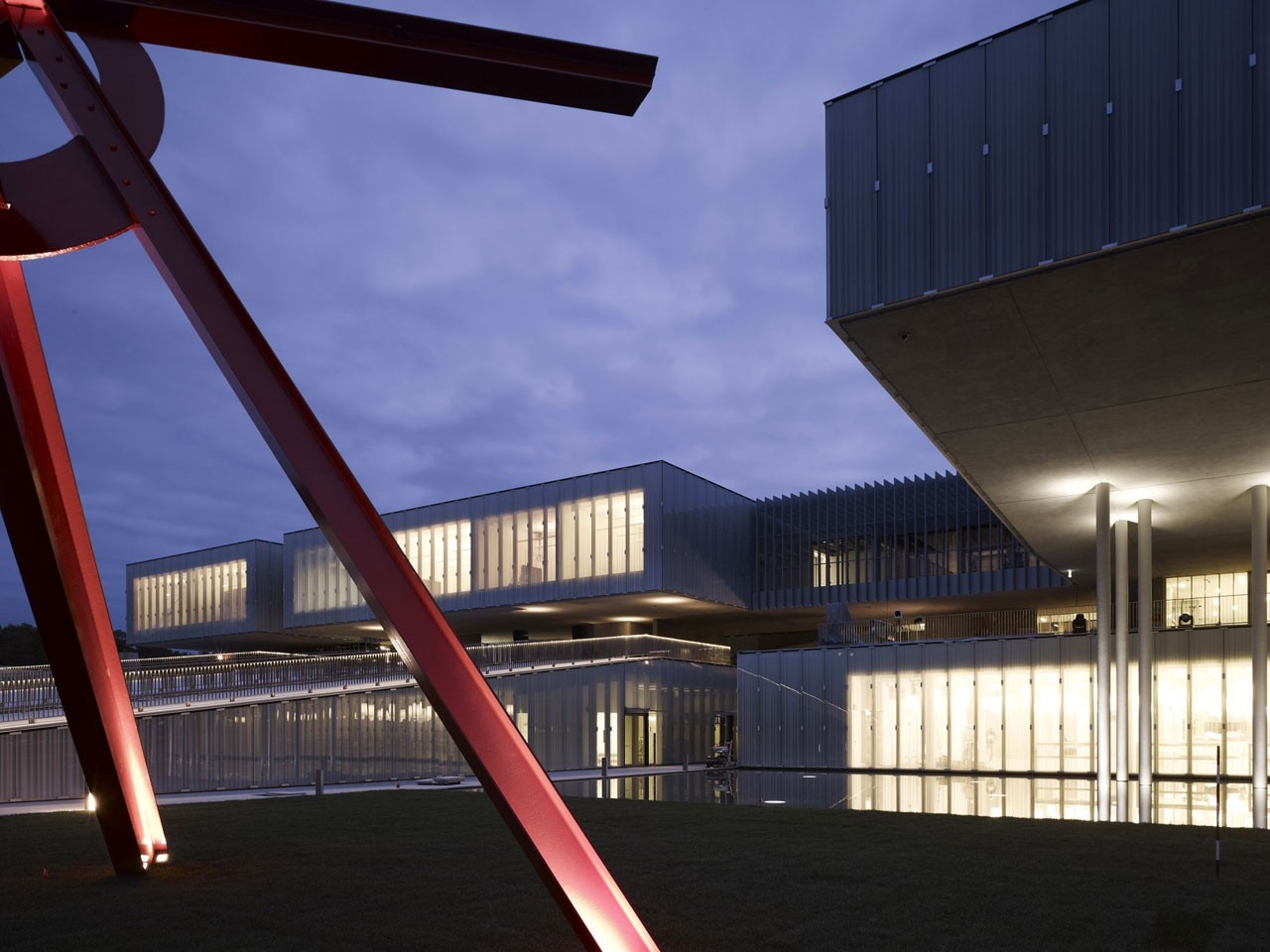
The gallery route passes through a space portraying the evolution of work from the 20th century to the present day. “The Industrial World is a selection of 200 pictures from the MAST industrial photography collection totalling approximately 1000 photographs and is curated by Urs Stahel, former Director of the Fotomuseum in Winterthur. Exhibited until December and then changed every six months, the photographs illustrate the changing scenarios of industrial production, the workplace, the product, the architecture and how people relate to their work environment.
In this case, a bridge was also built between the centre of Bologna and MAST by means of the first edition of the “Biennale Foto/Industria”, opened in the same period and with the added intention of conveying a sense of the importance of industrial photography. Curated by François Hèbel, Director of “Les Rencontres de la Photographie” in Arles and holding 17 exhibitions in ten iconic locations in the city of Bologna, it showcases extraordinary images by great international photographers – from Cartier Bresson to Doisneau, Basilico and Erwitt – on the theme of production development from the 20th century to now.
